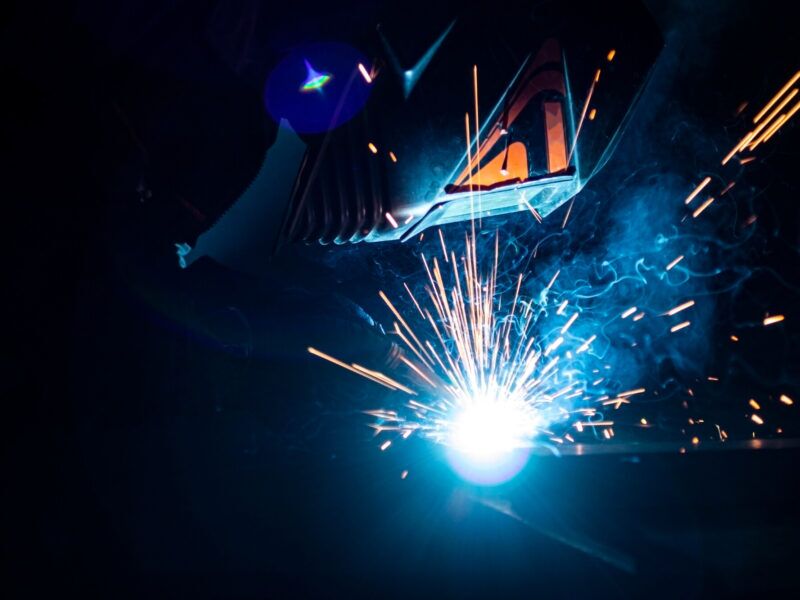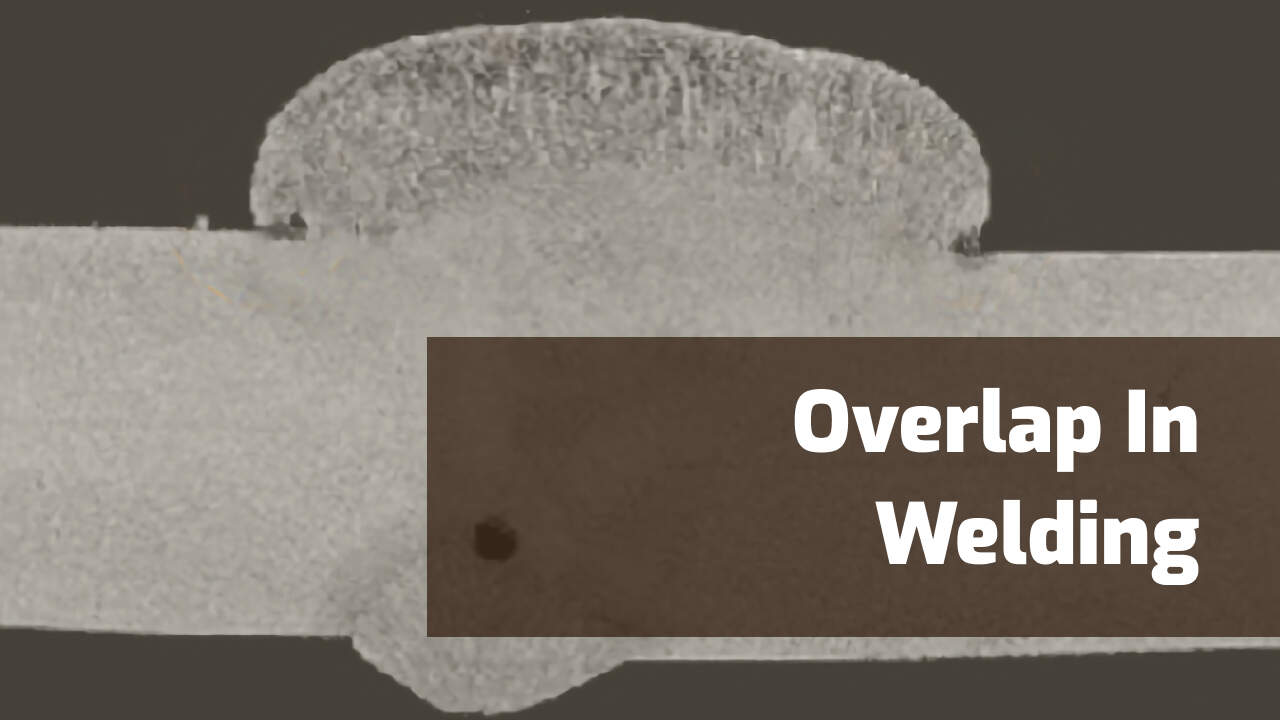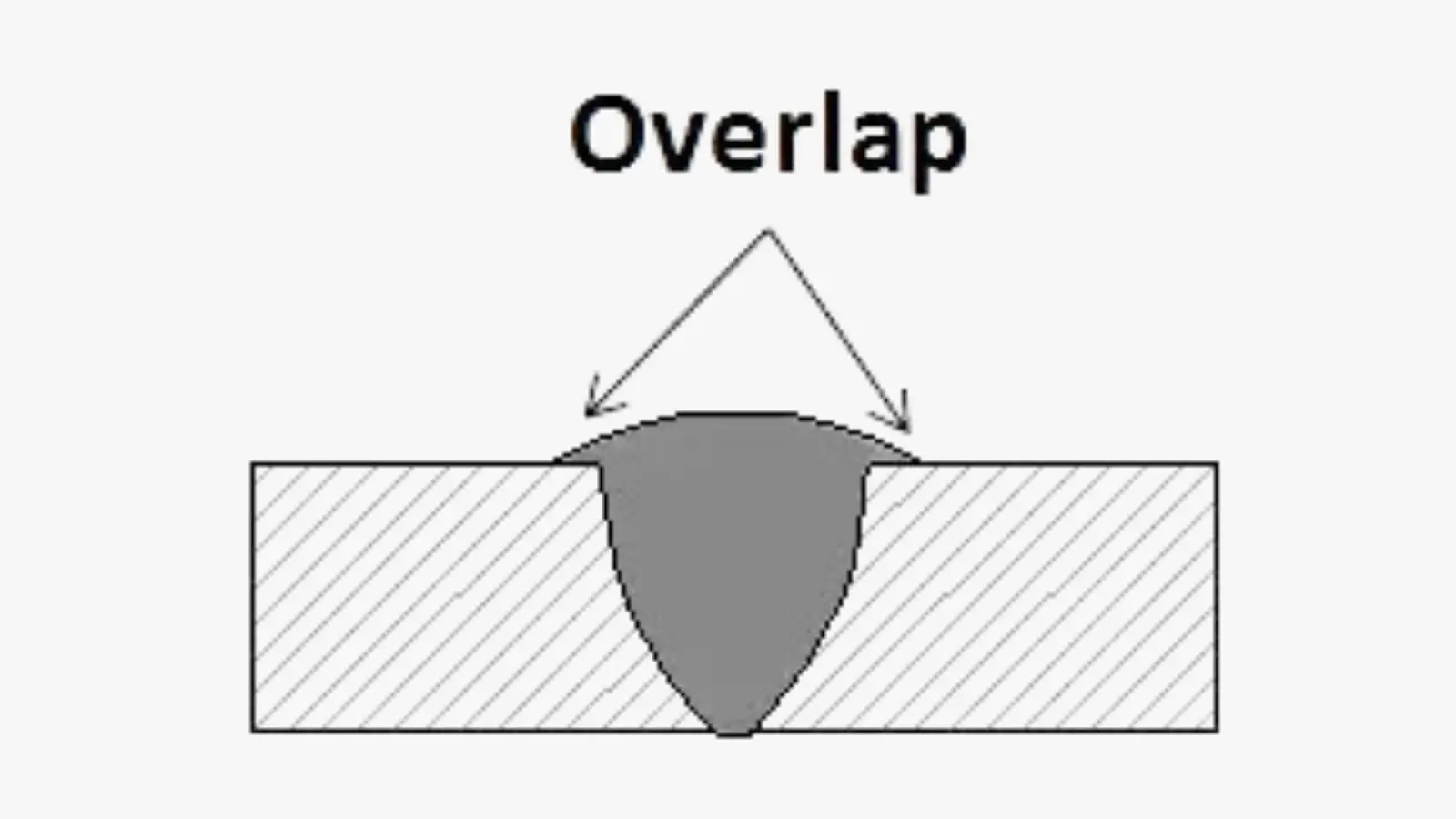Preventing Weld Undercut Demystified: Methods for Success
Preventing Weld Undercut Demystified: Methods for Success
Blog Article
Necessary Tips for Welders: Preventing Undercut Welding and Ensuring Stronger Weld Joints
In the realm of welding, attaining strong and resilient weld joints is the cornerstone of creating high-quality work. Nevertheless, one usual challenge that welders typically run into is undercut welding, which can compromise the integrity of the weld joint. By comprehending the variables that add to damaging and implementing the right techniques and safety measures, welders can successfully avoid this problem and make sure the long life and toughness of their welds. Allow's discover some crucial tips that can aid welders browse this obstacle and boost the top quality of their welding tasks.

Understanding Undercut Welding
Undercut welding is a typical welding issue that occurs when the weld metal stops working to effectively fill the groove and results in a groove-like anxiety along the weld grain. This defect compromises the weld joint, making it vulnerable to splitting and failing under stress. Undercutting can be caused by various elements, consisting of too much welding current, high welding speed, improper electrode angle, incorrect electrode size, and poor welding technique.
One of the primary factors for undercut welding is an inequality in between the welding existing and the welding rate. If the welding current is too expensive or the welding rate is as well quick, the weld steel might not sufficiently fill up the groove, resulting in undercutting. In addition, making use of an electrode that is also big can cause a comparable end result, as the excess steel can not properly flow into the groove.
To stop undercut welding, welders must ensure they are using the correct welding criteria, preserve an appropriate electrode angle, choose the appropriate electrode dimension, and method proper welding strategies. By resolving these elements, welders can reduce the threat of damaging and create more powerful, much more dependable weld joints.
Correct Welding Method
Effective welding strategy plays a vital function in ensuring the high quality and integrity of weld joints. Appropriate welding technique entails a combination of adherence, skill, and accuracy to ideal methods. One basic element of correct welding technique is keeping the correct angle and range in between the welding gun and the work surface. Welders should additionally pay very close attention to the traveling rate and warm input to protect against problems like damaging, porosity, or insufficient fusion.
Additionally, a constant and constant hand activity is necessary for producing strong and resilient weld joints. Welders must go for smooth, consistent activities to ensure even distribution of the weld material. Proper manipulation of the welding gun and filler material is also essential to achieving optimal penetration and fusion.
Furthermore, controlling the heat input and selecting the appropriate welding criteria based upon the product being bonded are important variables in attaining high-grade welds - Preventing weld undercut. Welders need to adhere to the suggested settings offered by welding procedure requirements and readjust them as needed based on the specific needs of the task. By grasping appropriate welding techniques, welders can considerably enhance the toughness and dependability of their weld joints
Choosing the Right Electrode
Keeping the right angle and distance between the welding weapon and the workpiece is essential when considering the importance of picking the ideal electrode in welding applications. The choice of electrode plays an essential duty in figuring out the quality and toughness of the weld joint. Electrodes come in numerous types, each created for particular objectives and materials.
First of all, picking the suitable electrode size is vital. Thinner electrodes appropriate for welding thin products, while thicker electrodes are better for thicker materials and greater heat applications. Matching the electrode size to the density of the workpiece aids achieve a balanced weld.
Secondly, understanding the material composition of the electrode is crucial. Various electrodes are designed for welding particular materials like steel, stainless-steel, light weight aluminum, or cast iron. Making use of the correct electrode material guarantees great blend and decreases the threat of defects in the weld.
Finally, thinking about the welding setting and method have a peek at this site is crucial when choosing the electrode type. As an example, specific electrodes are better fit for overhead or vertical welding positions, while others work well for flat or horizontal positions. Picking the best electrode based on the welding from this source method boosts the total weld top quality and honesty.
Preparing the Base Steel
To guarantee an effective welding procedure, what initial actions should be taken when preparing the base metal for welding? Correctly preparing the base metal is essential for accomplishing resilient and solid weld joints. The initial step in preparing the base metal is to cleanse it extensively to eliminate any pollutants such as corrosion, paint, dust, or oil. This can be done utilizing a cable chemical, grinder, or brush solvents. Additionally, any kind of existing weld product or residue from previous welding ought to be eliminated to guarantee a clean surface area for the new weld.

Performing Post-Weld Evaluations

After carrying out these analyses, welders have to compare the results against market requirements and task requirements to guarantee that the weld joint satisfies all needed standards. Any kind of inadequacies or variances uncovered throughout the post-weld evaluation must be quickly dealt with through appropriate rehabilitative steps to guarantee the weld's integrity. By diligently doing post-weld examinations and immediately addressing any type of issues, welders can promote the high quality and reliability of their work, inevitably adding to the safety and security and longevity of the welded Continue frameworks.
Verdict

Finally, stopping undercut welding and making sure stronger weld joints call for a mix of appropriate welding technique, picking the ideal electrode, preparing the base metal appropriately, and performing post-weld evaluations. By understanding the sources of undercut welding and carrying out the required precautions, welders can generate top notch weld joints that meet sector requirements and ensure the architectural stability of the bonded elements.
Undercut welding is an usual welding flaw that occurs when the weld steel fails to effectively fill up the groove and results in a groove-like depression along the weld grain (Preventing weld undercut). Undercutting can be created by different variables, including too much welding current, high welding rate, improper electrode angle, inaccurate electrode dimension, and bad welding technique
One of the primary factors for undercut welding is an imbalance in between the welding current and the welding speed. If the welding current is also high or the welding speed is as well quickly, the weld metal might not effectively fill the groove, leading to undercutting.Keeping the correct angle and distance in between the welding weapon and the workpiece is essential when taking into consideration the significance of selecting the best electrode in welding applications.
Report this page